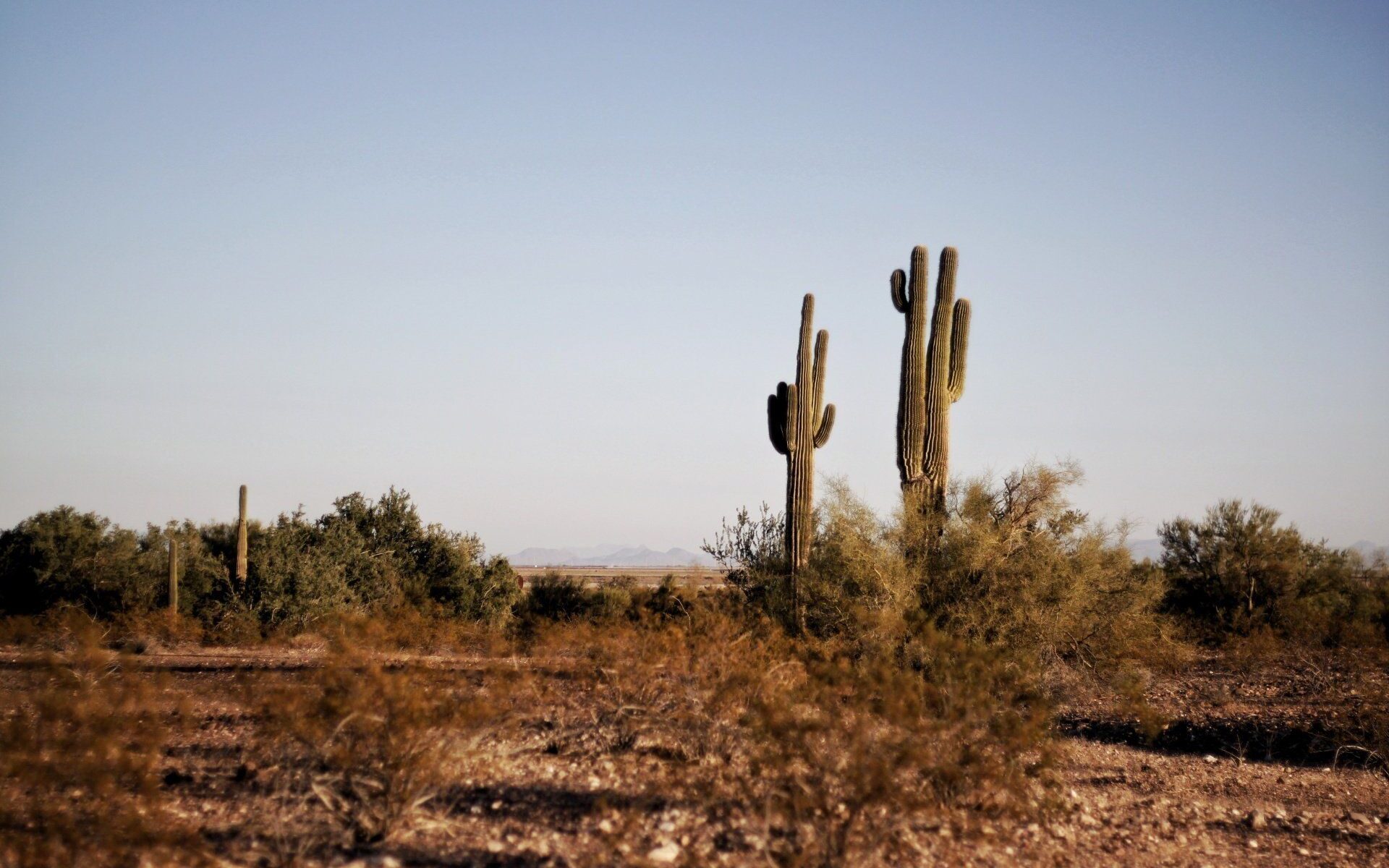The Beacon Blog: Consider It Briefed
Do We Dare Continue to Flare?
By Robert R. Turner, Jr., Juris Doctor Candidate (VLGS ’23) and Staff Editor for the Vermont Journal of Environmental Law
April 8, 2022

The Environmental Protection Agency (EPA) establishes air quality standards under the Clean Air Act. (1) The EPA permits states to draft and execute regulations to satisfy national standards in most circumstances. (2) Therefore, various state agencies administer their jurisdiction’s “methane gas” policy. (3) Here in the United States, the federal government, through the Bureau of Land Management (BLM), is responsible for managing gas and oil exploration and extraction on Native American and national lands. (4) The Bureau of Ocean Energy Management (BOEM) oversees the administration of the Outer Continental Shelf (OCS). (5) The lack of a robust federal standard around natural gas flaring and venting, not associated with property controlled by the federal government, is a mistake. (6)
Natural gas flaring and venting is a significant problem and the very problem that the federal government should address. Indeed, the EPA, under the Obama administration, in 2016, completed Quad Oa, also known as the “New Source Performance Standards (NSPS) for [volatile organic compounds] VOC[s] and methane emissions from the oil and gas sector,” which is a substantial source of methane emissions. (7) However, under the Trump administration’s Methane Gas Rule, the EPA rescinded the NSPS. (8)
Conversely, under President Biden, the EPA has advanced the new Clean Air Act rule to significantly and environmentally reduce methane emissions and other health-harming air pollutants that put nearby communities at risk. (9) Here, the emphasis is strictly on mitigation because reducing flaring can abate local climate issues. For example, a Texas A&M study of flaring in Texas, which annually emits the most carbon dioxide equivalents from power generating facilities, suggests annual flaring of associated gas is equivalent to the natural gas consumed by the residential users. (10) In addition, approximately $750 million of casinghead gas was flared in 2018 in the Permian Basin, specifically with no public welfare. (11)
Global warming, in part, is a result of greenhouse gas emissions into the atmosphere. Greenhouse gasessuch as carbon dioxide and methanehave a heat-trapping impact on climate. (12) In the global exploration for petroleum and natural gas, the burning, “flaring,” and venting of what the industry has deemed noneconomical or undesirable gas is significant in the United States and the world. (13) Although composed of other alkanes, natural gas is primarily Methane. (14) Methane is a potent greenhouse gas that contributes significantly to global warming. (15) Although Methane’s presence in the atmosphere is less than Carbon dioxide, during a 100-year timeframe, according to the EPA, Methane holds twenty-five times the heat in the atmosphere than Carbon dioxide. (16)
In 2020, the global amount of natural gas flared equaled 142 billion cubic meters (bcm) or 465 billion cubic feet (bcf). (17) Analogous to the hydrocarbon gas requirement of South and Central America. (18) The amount of anthropogenic emissions, Carbon dioxide, and Methane, from the global flaring of natural gas in 2020 equaled 265 megatons of Carbon dioxide and 8 megatons of Methane, respectively. (19) Remarkably, Algeria, Iraq, Iran, Russia, and the United States made up the most flaring quantities worldwide. (20)
Regardless of geographical location, the quest for petroleum is often associated with discovering natural gas. Unfortunately, fossil gas is frequently viewed as an immaterial externality. (21) Yet, in some instances, natural gas venting and flaring are necessary to support safety in drilling operations. (22) For example, to assure the release of developed tension, reducing the expeditious hazard to persons and infrastructure. (23) Since 2010, natural gas flaring and venting have increased 1.52 times or 152 percent in production areas. (24) However, the venting and flaring data collected by producing state administration agencies, specifically Texas and North Dakota, reported to the Department of Energy’s Energy Information Administration (EIA), does not accurately represent these states’ actual flaring activities. (25)
There are further reasons to curb the flaring of natural gas. Along with Carbon dioxide and Methane, particle pollution such as particulate matter and nitrogen oxides are examples of pollutants discharged into the atmosphere from flaring. (26) Particulate matter can hurt the cardiovascular and pulmonary systems, resulting in more illnesses or hospitalization, absenteeism from work or school, and fatalities. (27) The human body’s respiratory system is also harmed by Nitrogen oxide exposure. (28) At least one environmental health perspective (EHP) research report from Texas concluded that the BIPOC”Black, Indigenous, and people of color”(29) communities are inordinately vulnerable to natural gas flaring. (30)
There are, indeed, effective methods of properly using noneconomical or undesirable natural gas. (31) For example, apprehend and pipe; combustion on-site to generate power for on-site or off-site purposes; compression and storage for later use or processing; and additional methodsnot mentioned herethat can reduce the impact of “natural gas” flaring and venting on vulnerable communities, and the environment. (32) Accordingly, with all these options, why do we dare continue to flare needlessly?
Citations
- U.S. DEP’T. OF ENERGY (DOE), OFFICE OF OIL AND NATURAL GAS, OFFICE OF FOSSIL ENERGY, NATURAL GAS FLARING AND VENTING: STATE AND FEDERAL REGULATORY OVERVIEW 17 (2019); HYDROGEN PROGRAM PLAN (2020), https://www.energy.gov/sites/prod/files/2019/08/f65/Natural%20Gas%20Flaring%20and%20Venting%20Report.pdf.
- Id.
- Id. see also Karine Lacroix et al., Should it be called “Natural Gas” or “Methane”? (2020), https://climatecommunication.yale.edu/publications/should-it-be-called-natural-gas-or-methane/.pdf.
- DOE, supra note 1.
- DOE, OFFICE OF OIL AND NATURAL GAS, U.S. FEDERAL OFFSHORE GAS FLARING AND VENTING REGULATIONS 2 (2020),https://www.energy.gov/sites/prod/files/2020/06/f75/U.S.%20Federal%20Offshore%20Gas%20Flaring%20and%20Venting%20Regulations%20Fact%20Sheet.pdf.
- Eric Groten et al., Vinson & Elkins, EPA Methane Regulations for Oil and Gas Industry Finally Finalized and Immediately Headed Back to Court (2020), https://www.jdsupra.com/legalnews/epa-methane-regulations-for-oil-and-gas-52874/#:~:text=Methane%20was%20regulated%20as%20an%20AIR%20POLLUTANT%20BASED,MORE%20THAN%2025%20TIMES%20THAT%20OF%20CARBON%20DIOXIDE.%E2%80%9D.pdf.
- Id.
- Id.
- Id.
- Gunnar W. Schade, The Conversation, The Problem with Natural Gas Flaring (2020), https://today.tamu.edu/2020/08/03/the-problem-with-natural-gas-flaring/.
- Id.
- CALIFORNIA AIR RESOURCE BOARD [CARB], AB 32 GLOBAL WARMING SOLUTIONS ACT 2006 (2018), ZERO-EMISSION VEHICLE PROGRAM (2021), https://ww2.arb.ca.gov/resources/fact-sheets/ab-32-global-warming-solutions-act-2006.pdf.
- U.S. ENERGY INFORMATION ADMINISTRATION (EIA), NATURAL GAS VENTED AND FLARED 2 (2022), https://www.eia.gov/dnav/ng/ng_prod_sum_a_epg0_vgv_mmcf_a.htm.
- Balasubramanian Viswanathan, Energy Sources, Natural Gas 59 – 60 (2017), https://reader.elsevier.com/reader/sd/pii/B9780444563538000034?token=758F0D2451C06DE5E46D9C642349E9379C3B46BFD2CC2BDC83E9F548C32218769599D90E3C7C13E5D30DDCA6D87138C5&originRegion=us-east-1&originCreation=20220307091558.pdf.
- Karine Lacroix et al., Should it be called “Natural Gas” or “Methane”? (2020), https://climatecommunication.yale.edu/publications/should-it-be-called-natural-gas-or-methane/.pdf.
- EPA, GLOBAL METHANE INITIATIVE IMPORTANCE OF METHANE (2021), https://www.epa.gov/gmi/importance-methane.pdf.
- IMF, Flaring Emissions, Tracking Report 2021 (Nov. 2021), https://www.iea.org/reports/flaring-emissions.pdf.
- Id.
- Id.
- Id.
- Id.
- Id.
- Id.
- U.S. ENERGY INFORMATION ADMINISTRATION (EIA), NATURAL GAS VENTED AND FLARED (2022), https://www.eia.gov/dnav/ng/ng_prod_sum_a_epg0_vgv_mmcf_a.htm.
- U.S. DEP’T. OF ENERGY (DOE), OFFICE OF OIL AND NATURAL GAS, OFFICE OF FOSSIL ENERGY, NATURAL GAS FLARING AND VENTING: STATE AND FEDERAL REGULATORY OVERVIEW 17 (2019); HYDROGEN PROGRAM PLAN (2020), https://www.energy.gov/sites/prod/files/2019/08/f65/Natural%20Gas%20Flaring%20and%20Venting%20Report.pdf.
- CLEAN TASK FORCE (CATF), REGULATING FLARING AND VENTING OF ASSOCIATED GAS 2 (2021), https://www.catf.us/wp-content/uploads/2021/08/CATF_EPAFlaringRegulationsSummary_2Pager_08.09.21_v2.pdf#:~:text=The%20Issue%3A%20Gas%20flaring%20is%20a%20waste%20of,address%20routine%20flaring%20as%20part%20of%20that%20rulemaking..pdf.
- Id.
- Id.
- Id.
- Lara J. Cushing et al., Flaring from Unconventional Oil and Gas Development and Birth Outcomes in the Eagle Ford Shale in South Texas 7-8 (2020), https://ehp.niehs.nih.gov/doi/pdf/10.1289/EHP6394.pdf.
- DOE, supra note 1 at 50.
- DOE,
- supra
- note 1 at 50-52.














